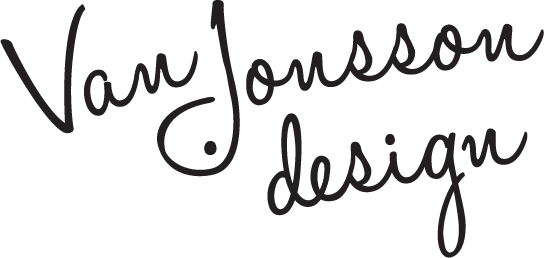All you need to know about Tulle
Whether you love colours, plains, embroidered or just a general see through fabric that is supportive then you will love designing making in tulle. There is no doubt that designing with tulle is harder to fit than a stretch fabric, however the support you get due to the mechanical stretch in bras especially in the bigger sizes is second to none. So let’s take a quick look at tulle.
Coming in a full range of colours, tulle can be a striking fabric to work with. It can come as an all over fabric (so on a roll) or as a galloon ( a smaller width with embroidery on both sides). Personally I love working with embroidered tulle as I think it gives depth and character to the fabric. When it comes to embroidery this can be found in a range of designs, the delicate floral, geometric designs or random designs or words.
You need to note though that Lingerie tulle is different to craft tulle, in that it’s softer and doesn’t tear like craft tulle does. So if you are unsure hold the edge and pull your hand apart if it tears, its craft tulle, and if it doesn;t it’s not.
How to recognise tulle fabric?
Tulle has a hexagonal shape (unlike mesh which has a rectangle shape). The hexagon shape is formed by the machine called Bobbinet and the weft and warp threads are placed under considerable tension which helps the threads maintain their twist and keep the fabric strong. That’s what I love about this fabric it looks fragile and delicate but it is actually strong and durable.
Tips on sewing with tulle
When cutting out, just fabric weights and a rotary wheel as this will stop your fabric from getting distorted from the pins , it will also stop the scissors from moving the fabric about.
Tulle is delicate so you need a sharp needle when sewing, I would recommend sewing with a 70/10 needle as this will minimise any damage whilst sewing. Remember to change your needles often.
When sewing I would recommend using clips instead of pins to hold everything together to minimise snags from the pins. If you don’t have an overlocker then french seams are advised for a finish rather than zigzagging the edge.
Machine settings
When attaching elastic use a narrow stitch, this means a zigzag stitch of 2 and a stitch length no more than 3.
When starting out sewing with tulle, you will notice it has a lovely airy light feeling, which can also be difficult to sew at the start due to the fact that it can be quite slippery. However don’t give, sew slowly and you will be pleased with the results you get when working with this fabric.
Where to get the fabrics (top two pics)



